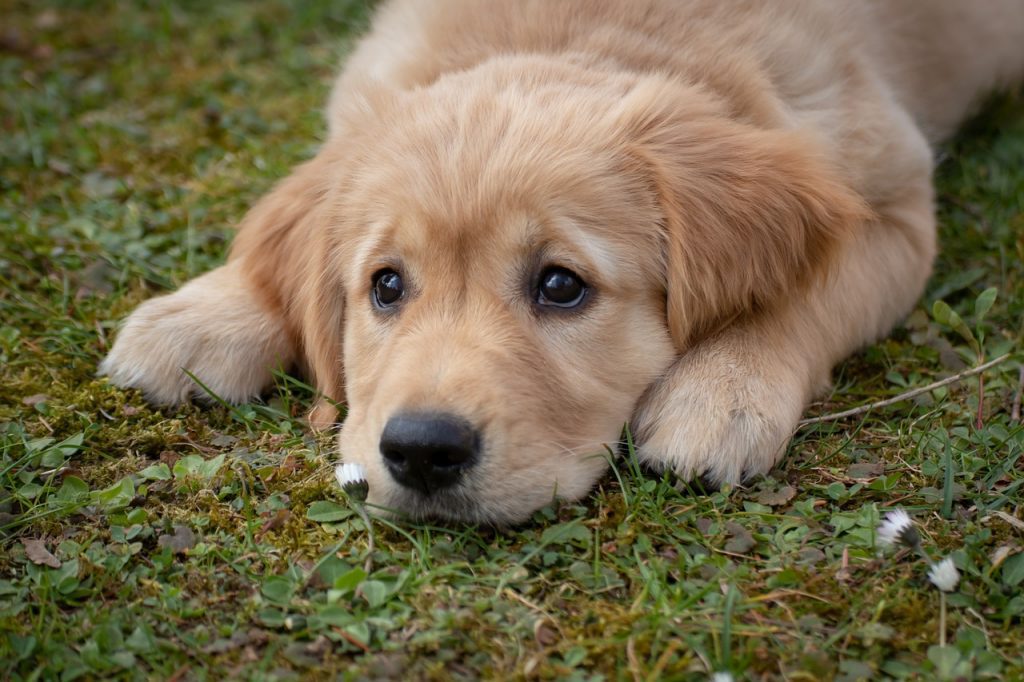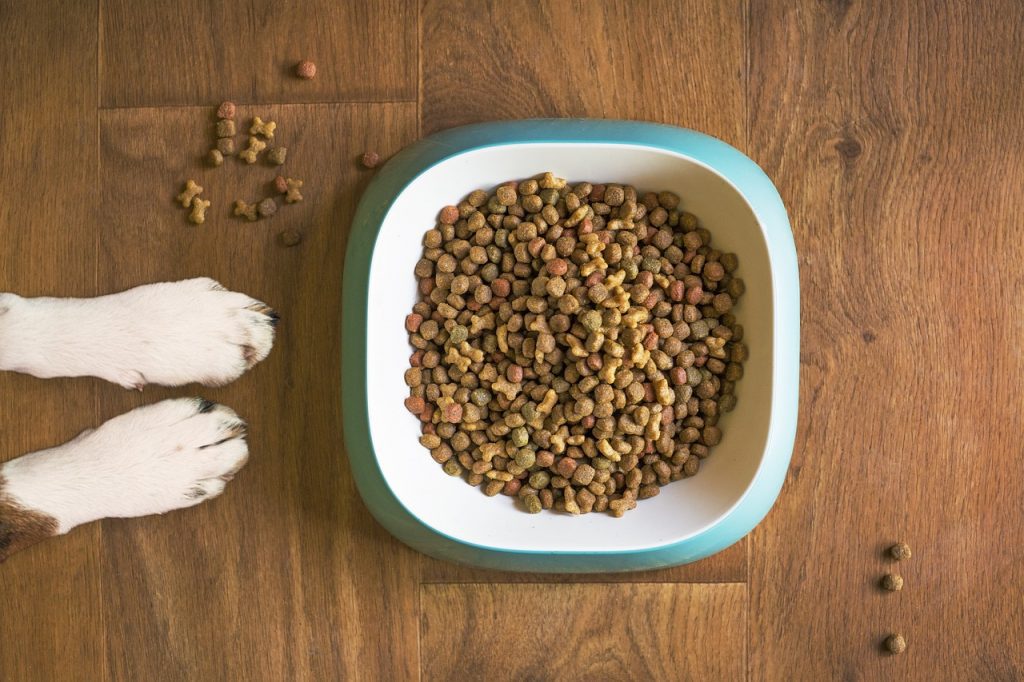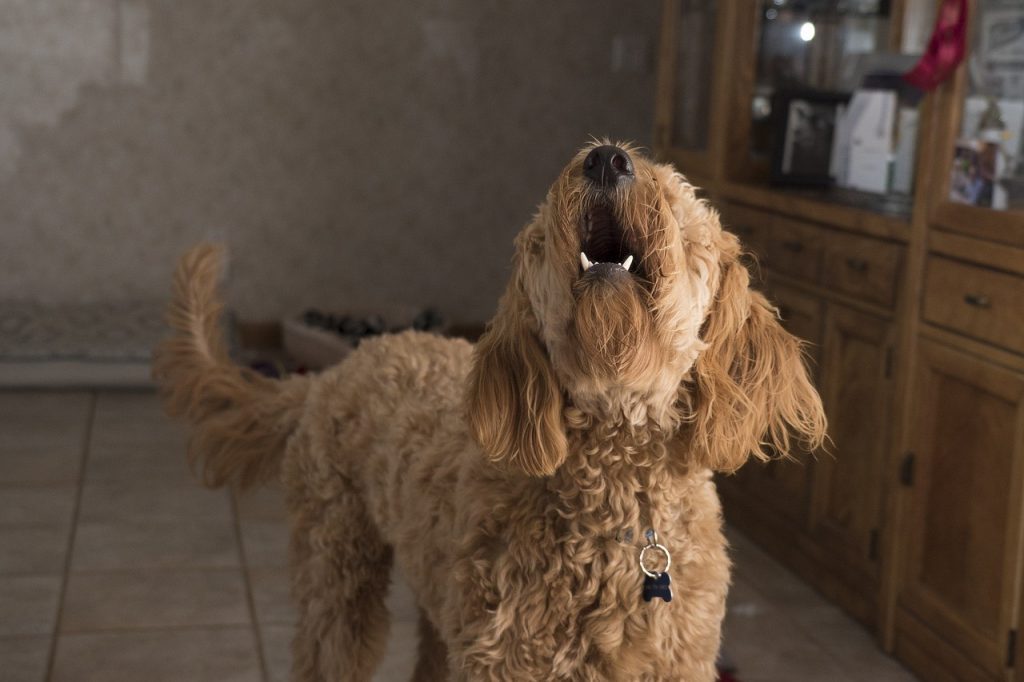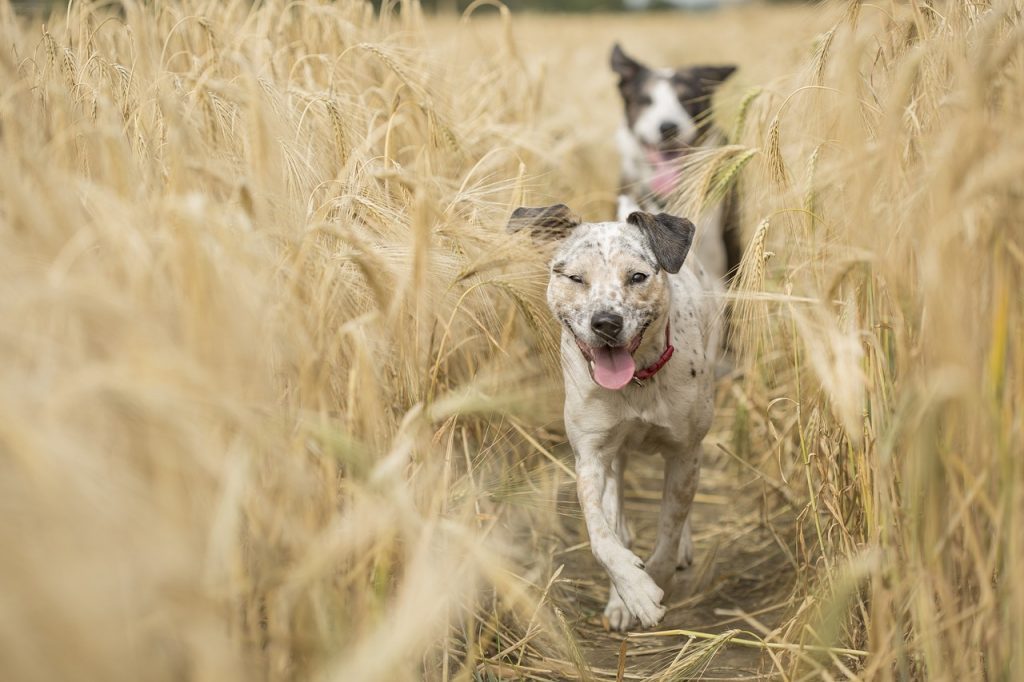Training your dog can be a challenging but rewarding experience. Not only does it improve your dog’s behaviour, but it also strengthens the bond between you and your furry friend. The key to successful dog training lies in understanding your dog’s behaviour, using positive reinforcement techniques, and maintaining consistency. In this article, we will explore tips and tricks for training your dog, from teaching basic commands to addressing problematic behaviors, as well as fun activities for bonding and socializing. With patience and dedication, you can bark with joy as your dog becomes a well-trained and lovable companion.
1. Understanding Your Dog’s Behavior
Dogs are lovable, but their behaviour can be difficult to decipher. It’s important to understand your dog’s nonverbal cues, personality traits, and learning methods to effectively communicate with them.
Dog Body Language
Dogs communicate mostly through body language, and it’s essential to learn to read them. For example, a wagging tail doesn’t always mean a happy dog. A tucked tail, flattened ears, and avoiding eye contact are signs that a dog is fearful or uncomfortable. A raised tail perked ears, and direct eye contact indicates confidence and excitement.


Dog Personality Traits
Just like humans, every dog has a unique personality and behaviour traits. Some dogs are calm and laid-back, while others are hyper and need constant stimulation. Understanding your dog’s personality can help you tailor their training to suit their individual needs.
How Dogs Learn
Dogs learn through repetition and association. Positive reinforcement training is the most effective method of dog training, as it encourages good behaviour while ignoring bad behaviour.
2. Positive Reinforcement Training Techniques
Positive reinforcement training involves rewarding your dog for good behaviour, such as following commands or exhibiting desirable behaviour.
What is Positive Reinforcement?
Positive reinforcement involves rewarding your dog with something they love, such as treats or playtime, immediately after they exhibit good behaviour. This encourages dogs to repeat their behaviour.
Clicker Training
Clicker training involves using a clicker to mark good behaviour and then immediately rewarding the dog. This method is especially effective for training new behaviours and tricks.
Food Rewards
Food rewards are a popular and effective form of positive reinforcement training. Use small treats to reward your dog for following commands or desirable behaviour. Just make sure not to overfeed them!


3. Building a Strong Bond with Your Dog
Building a strong bond with your dog is an important part of training. Strong bonds lead to better communication, trust, and respect.
Playtime and Exercise
Playtime and exercise are essential for building a strong bond with your dog. Regular exercise will help keep your dog healthy and happy while playing games like fetch or tug-of-war will give you a chance to bond and have fun together.
Quality Time Together
Quality time with your dog is essential for building a strong bond. Just spending time with your dog, whether it’s cuddling on the couch or going for a walk, will help build trust and make them feel loved.
Establishing Trust
Establishing trust is crucial for effective communication with your dog. You can establish trust by being consistent with your training methods, showing them love and affection, and never using physical punishment.
4. Teaching Basic Commands
Teaching your dog basic commands will make their life easier and safer. Basic commands like sit, stay, and come can help prevent accidents and improve communication between you and your dog.
Sit
Teaching your dog to sit is one of the most basic commands. Hold a treat above your dog’s head and move it back, causing them to sit naturally. Once they are in the sitting position, give them the treat and repeat the command.
Stay
Once your dog has learned to sit, teaching them to stay is the next step. First, ask your dog to sit. Then, take a few steps back and hold up your hand, signalling them to stay. After a few seconds, return to your dog and give them a treat.
Come
Teaching your dog to come when called is essential for their safety. Start by saying your dog’s name followed by the command “come.” Reward them with a treat when they come to you, and repeat the command often until they get the hang of it.
5. Addressing Problematic Behaviors
As much as we adore our furry companions, they can sometimes exhibit behaviours that drive us up the wall. Here are some tips on dealing with particular problematic behaviours.
Barking
Excessive barking can be a sign of stress, boredom, anxiety or aggression. To tackle this, you can try to identify the triggers that cause your dog to bark and remove or reduce them. You can also train your dog to understand commands such as “quiet” or “stop”. Rewarding your dog with treats or praise when they stop barking reinforces the behaviour you want to see.


Chewing
Dogs, especially puppies, love to chew, but this can lead to damage to your belongings and even harm your pet if they ingest something dangerous. Providing your dog with chew toys can help redirect their chewing, while positive reinforcement training can teach them what’s acceptable to chew and what’s not.
Jumping
Jumping up on people may seem like a friendly way to greet them, but it can be dangerous, especially for children or elderly individuals. Consistent and firm commands to “sit” or “down” can help teach your dog that jumping is not acceptable, and rewarding with treats or praise reinforces the behaviour you want to see. It’s important to be patient and not give attention to your dog until they’re calm.
6. Socializing Your Dog
Socialization is essential for your dog’s mental and emotional well-being and helps them become confident and comfortable in various situations.
The Importance of Socialization
Dogs that haven’t been adequately socialized can become fearful or aggressive towards new people, animals or experiences. Socializing your dog helps them learn how to behave in various situations and can help prevent them from developing negative responses.
How to Socialize Your Dog
To socialize your dog, start by introducing them to new people, animals, and environments gradually. Use positive reinforcement and rewards to encourage good behaviour and interactions. Puppy socialization classes or dog parks can also provide good opportunities for socialization.
7. Fun Activities for Training and Bonding
Training and bonding with your dog can be enjoyable for both you and your pet. Here are some fun training activities to try.
Agility Training
Agility training involves setting up obstacle courses for your dog to navigate through. This training activity can help improve your dog’s coordination, obedience, and confidence.
Tug of War
Tug of War is an excellent bonding activity that also helps improve your dog’s physical strength. It’s essential to teach your dog the “release” command to ensure they don’t become overly aggressive during this play.
Hide and Seek
Hide and seek is an excellent game for mental stimulation for your dog. Start by hiding treats or toys and gradually increasing the difficulty level of the hiding spots. This game improves your dog’s ability to listen and follow commands.


8. Maintaining Consistency and Patience
Training your dog requires patience and consistency from you.
The Importance of Consistency
Dogs learn best when they receive consistent training and commands. Implementing a set schedule and routines can help your dog understand what is expected of them.
The Need for Patience
Training your dog can be a long process, and it’s essential to be patient and kind. Dogs can sense your frustration and anxiety, which can negatively affect their behaviour and learning. Remember to reward good behaviour and never punish your dog for not understanding. In conclusion, training your dog is a journey that requires time and patience, but the rewards are worth it. By understanding your dog’s behaviour, using positive reinforcement techniques, and maintaining consistency, you can teach your dog new skills and improve their behaviour. With dedication and love, you can build a strong bond with your furry friend and enjoy a happy and fulfilling life together. So, what are you waiting for? Grab some treats, get started with training, and bark with joy as your dog learns new tricks and behaviours.
FAQ
What is positive reinforcement?
Positive reinforcement is a training technique where you reward your dog for good behaviour to encourage them to repeat it. This can be done using treats, toys, or praise. It is a humane and effective way to train your dog without punishment or physical force.
How do I address problematic behaviours?
You can address problematic behaviours by understanding the root cause and using positive reinforcement techniques to encourage good behaviour. For example, if your dog is barking excessively, you can teach them the “quiet” command and reward them when they are quiet. It’s important to be patient and consistent and to avoid using punishment or physical force.
How important is socialization for my dog?
Socialization is crucial for your dog’s development and well-being. It helps them learn how to interact with other dogs and people and can prevent behaviour problems in the future. You can socialize your dog by taking them to dog parks and puppy classes and introducing them to new people and situations gradually.
What should I do if my dog doesn’t seem to be responding to training?
If your dog doesn’t seem to be responding to training, it’s important to assess whether you are using the right techniques and being consistent. You may also want to consider working with a professional dog trainer who can help you identify the problem and develop a customized training plan. Remember, every dog is different, and it may take more time and patience to see results.


